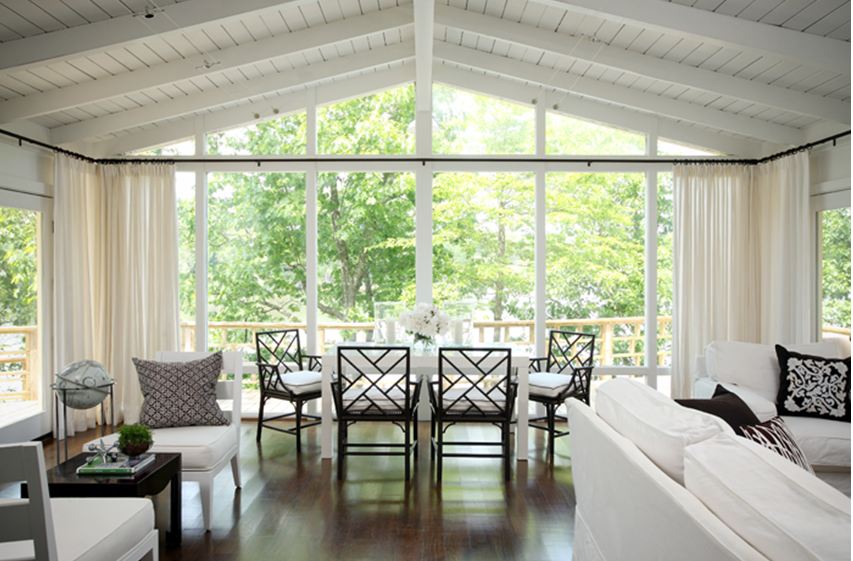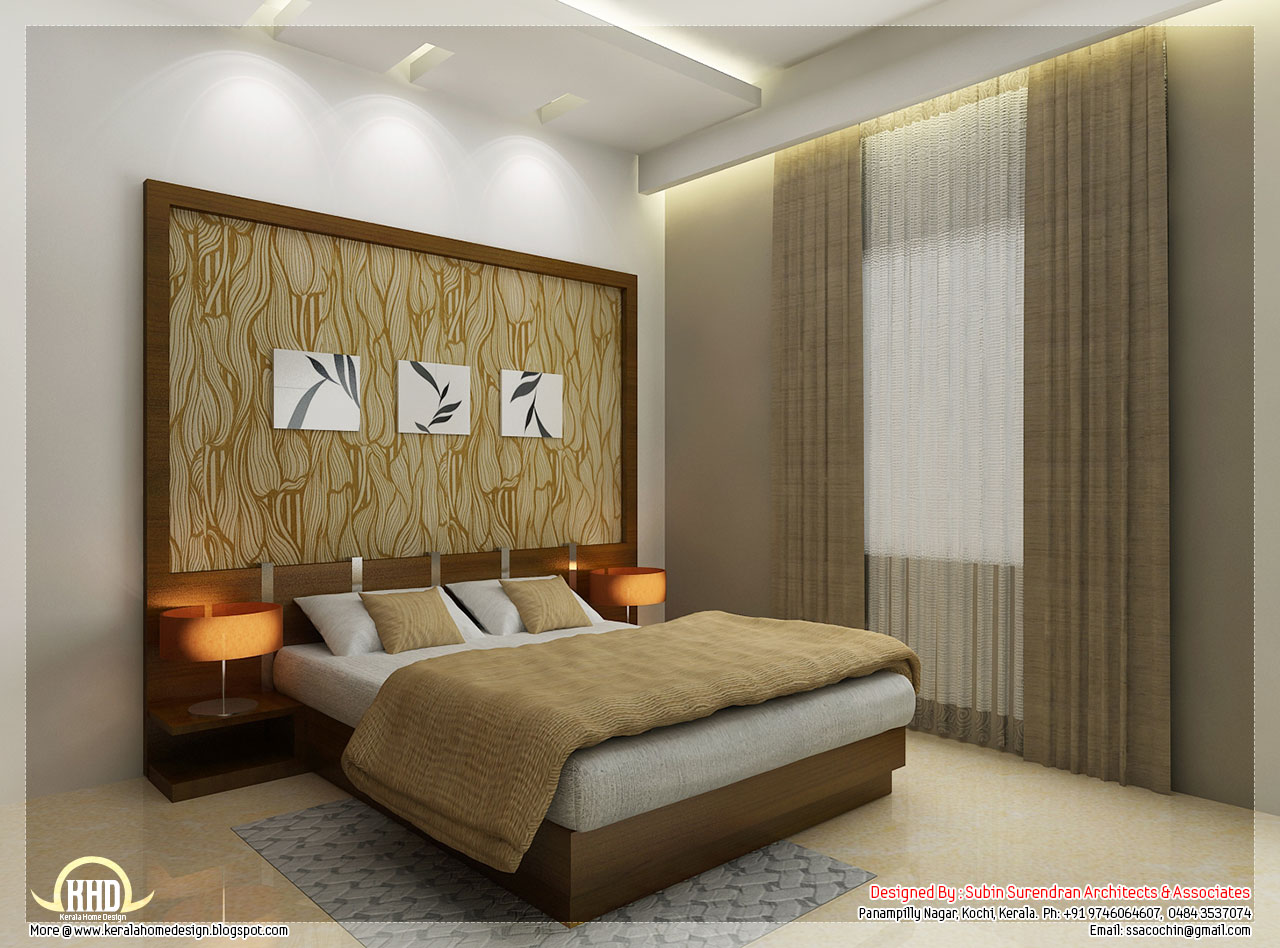Related Images with traditional japanese house interior Interior Designs, Architectures
traditional interior design decor home decor houses interior interior
storybook home interior decor
lake+house+interior+a+frame+paneled+ceiling+white+dining+room+view





No comments:
Post a Comment